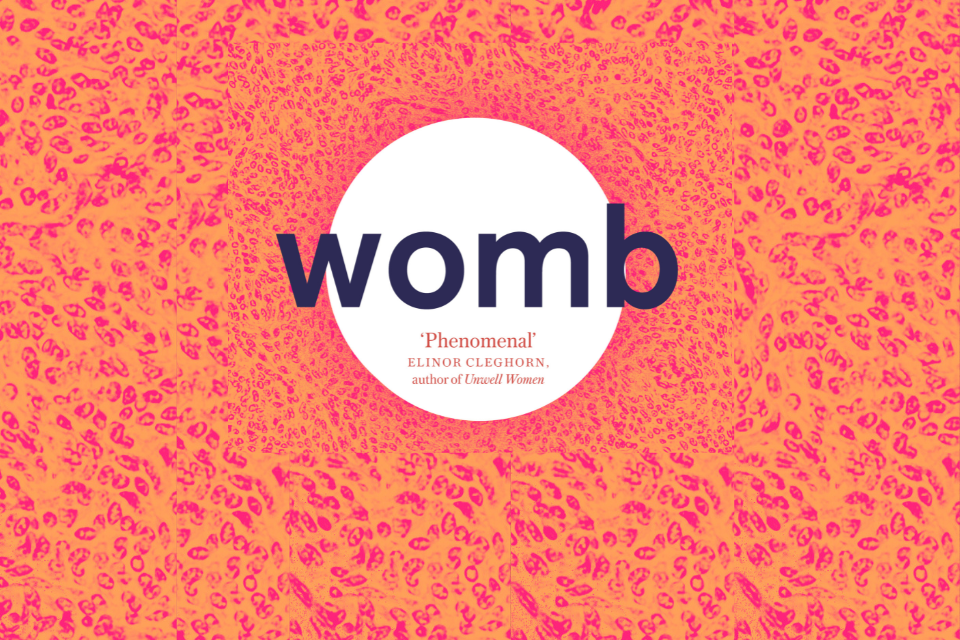How much do you know about the functioning of the womb? In this article Leah Hazard, midwife and author discusses her new book, Womb: The Inside Story of Where We All Began, and provides insight into why it is important for midwives to know more about this important organ.
___________________________________________________________________________________________________
Understanding the Womb
I thought I knew a lot about the uterus. Enough, in fact, to write a book about the organ, and maybe even enough to qualify as a bit of an expert.
Perhaps you can forgive me for what I know now to be misguided overconfidence. After all, before I wrote my book Womb: The Inside Story of Where We All Began, I had been living with a uterus for forty-three years, during which time I had periods, tried to get – and not get – pregnant, gestated and birthed two children, and experienced a steady stream of gynaecological complications.
The womb became my professional milieu, too, during nearly a decade of midwifery. If you are reading this article, there’s a fair chance that you also take more than a passing interest in the uterus. You think you are pretty clued up. So did I, until I started to research the chequered history of how we medicate, celebrate and legislate this most misunderstood organ. Turns out I knew next to nothing.
Before we even get to pregnancy and childbirth, let’s begin at the beginning of the womb’s reproductive life, with menstruation. Like you, I learned about periods at school and then again during midwifery training, studying that famous chart of rising and dipping oestrogen and progesterone. I knew that the menstrual cycle was an incredibly complex and finely tuned physiological process, but as the for the actual flow itself? Well, it’s only ever been a nuisance to me, and like billions of others around the world, I’ve flushed and binned it without a second thought. What I learned at the outset of writing Womb, though, is that menstrual tissue has a unique biochemical fingerprint, and that scientists are already learning to collect and analyse this flow for signs of endometriosis and other diseases. Taking it one step further, biotech companies are developing ‘smart tampons’ that can connect to an app which then generates a health report to send directly to your doctor. All those costly, painful, traumatic investigations and operations might soon be a thing of the past – if only governments would appreciate the untapped potential of the uterus, and fund these essential projects on a wider scale.
If that’s not enough to boggle your mind, consider the research that’s being done to illuminate the very first moments of life: conception and placentation. As part of my work for Womb, I visited the Cambridge lab where scientists have learned how to create miniature, 3-D models of both endometrial tissue and placentas – ‘organoids’ – using discarded biological material and a funky kind of chemical ‘soup’ called Matrigel. By replicating these structures, researchers can observe the heretofore hidden mysteries of the early maternal-fetal dialogue, intervene with experimental treatments and learn so much more about the processes that may contribute to abnormal placentation and pregnancy loss. In the future, personalised fertility regimes might even be created thanks to this technology – again, only if it is adequately funded and sustained.
One of the most widely known uterine interventions is one with which you are probably very familiar: induction of labour. Having induced and augmented many labours myself during my time as a midwife, I thought I knew all about synthetic oxytocin, where it came from, what it does and how to titrate it to create what I describe in my book as ‘the Goldilocks contraction’: not too strong nor too mild, not too slow nor too fast, but just right. What I did not know, though, was how this drug was first marketed as a space-age miracle, touted as ‘narco-acceleration’ and embraced by the global medical community with almost religious fervour. What I also didn’t know is how so many oxytocin regimes nowadays are widely variable and completely off-license. What is more, governments – including our own – seldom collect accurate data about induction and augmentation and their clinical outcomes. Writing this chapter of the book forced me to confront a lot of my own practices, and to question the direction of industrialised childbirth as a whole.
And I haven’t even gotten to the most fantastically futuristic uterine advances in the book: womb transplants (one of which I had the privilege to observe), and ectogestation (the use of synthetic wombs outside the human body). Why do these procedures matter? Well, because what we do to the uterus is a signifier of how we think and feel as a society. The womb is the nexus of sexuality, reproductive choice and bodily autonomy. From abortion to induction to surrogacy to hysterectomy to contraception, the womb and its functions are scrutinised, maligned, monitored and managed. The way we do these things shows us not only where we began – each of us, of course, in this very same organ – but where we’re going, too. We’re all on this journey, individually and collectively.
The more we know, and the more we realise we don’t know, the better we can chart our path forwards. This exploration is especially pertinent – I would even say urgent – for midwives and others who care for pregnant people. Without true understanding of the origins, reasons for and consequences of our practices and attitudes, we cannot provide safe, person-centred, effective care.


Leah Hazard, midwife, activist and author of The Father’s Home Birth Handbook, Hard Pushed: A Midwife’s Story and Womb: The Inside Story of Where We All Began’ is the simplest.
Womb: The Inside Story of Where We All Began : Hazard, Leah: Amazon.co.uk: Books
Publication date is 2 March, pre-order your copy now.




1 comment
I’d like to pre order but nit buy via Amazon
Please advise
Comments are closed.